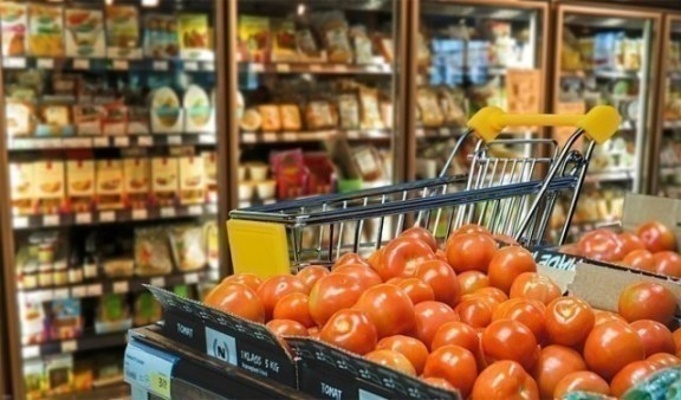
Base effect, along with sequential decline in food prices eased India’s retail inflation during February to 6.58 percent from January’s 7.59 percent.

However, the consumer price index (CPI), or retail inflation, was at 2.57 percent in the corresponding month of last year.
The data furnished by the National Statistical Office showed that even though the consumer food price index remained at an elevated level, its rise was slower during February at 10.81 percent, compared with 13.63 percent recorded in January 2020 and (-)0.73 percent in the corresponding period of last year.
However, the data showed that the retail inflation level continued to remain much above the RBI’s medium-term target for the CPI rate of 4 per cent with a band of +/- 2 percent.
Product-wise, prices of vegetables, eggs, meat, fish and pulses pushed the retail inflation higher on a year-on-year (YoY) basis.
Prices of vegetables in February increased 31.61 per cent, meat and fish by 10.20 percent, eggs by 7.28 percent and pulses and their products by 16.61 percent.
Similarly, the prices of ‘fuel and light’ category rose to 6.36 per cent on a YoY basis.
“The CPI inflation recorded an appreciable correction in February 2020, led by vegetables and some miscellaneous categories, and mildly undershot our forecast of 6.7 per cent, even though it continued to breach the 6 per cent upper threshold of the MPC for the third consecutive month,” Aditi Nayar, Principal Economist, ICRA said.
“The extent of the reduction in the headline CPI inflation in February 2020, combined with an unchanged core print, will provide some relief, and boost the possibility of an upfronted rate cut in April 2020 policy review, in light of the burgeoning risks to global and domestic growth posed by the rapid spread of the coronavirus, and the monetary policy responses seen from various other central banks.”
According to Sunil Kumar Sinha, Principal Economist at India Ratings & Research: “CPI inflation in February 2020 reversed six months increasing trend and came in at 6.58 per cent.”
“Going forward retail inflation is likely to correct further due to weak demand, weak oil prices, gradual decline in food prices due to base effect (food prices were in deflationary mode between October 2018 and February 2019).”


